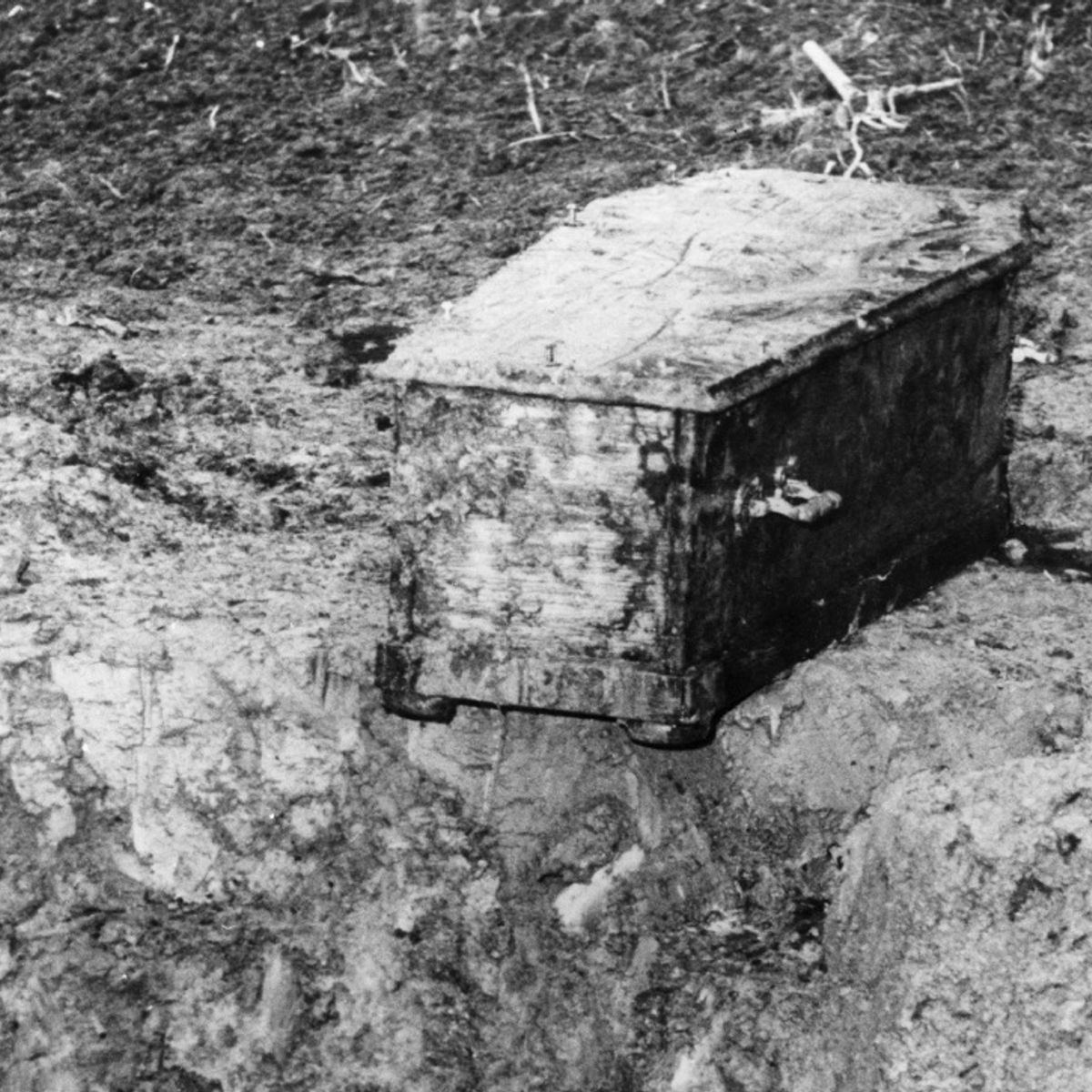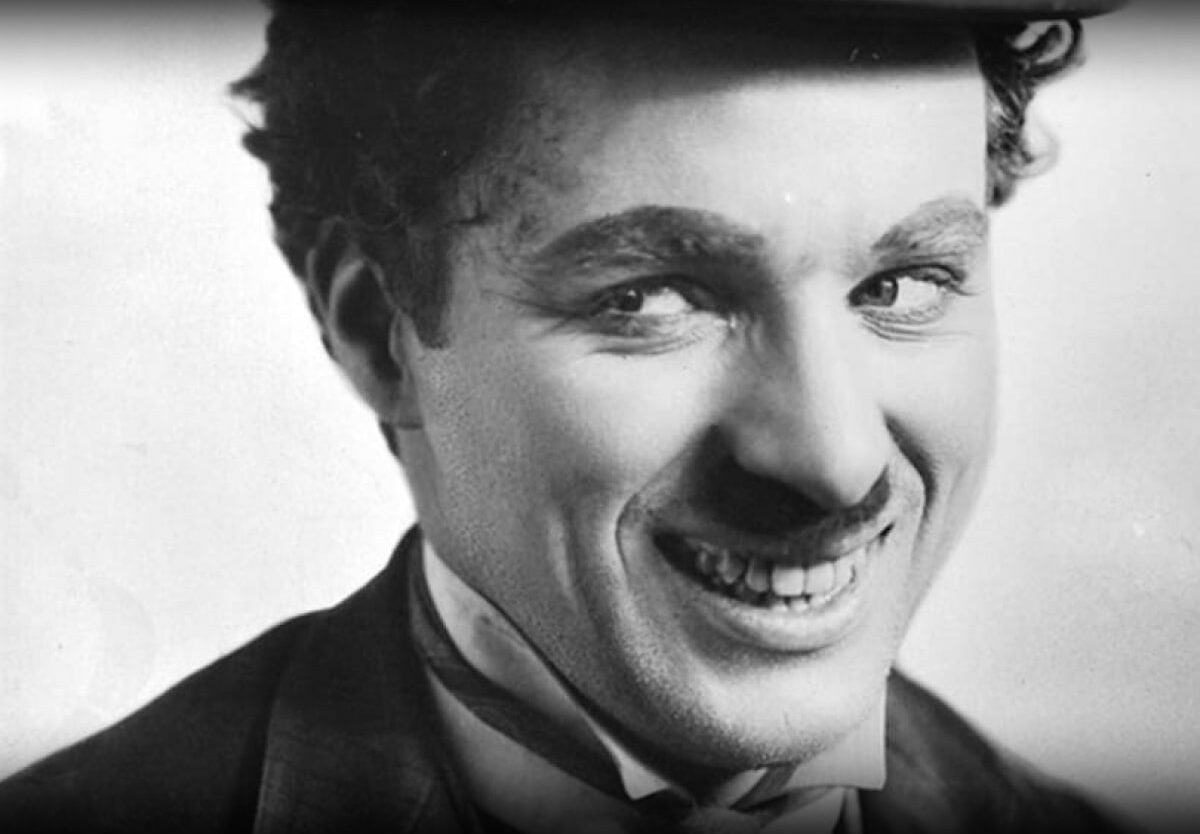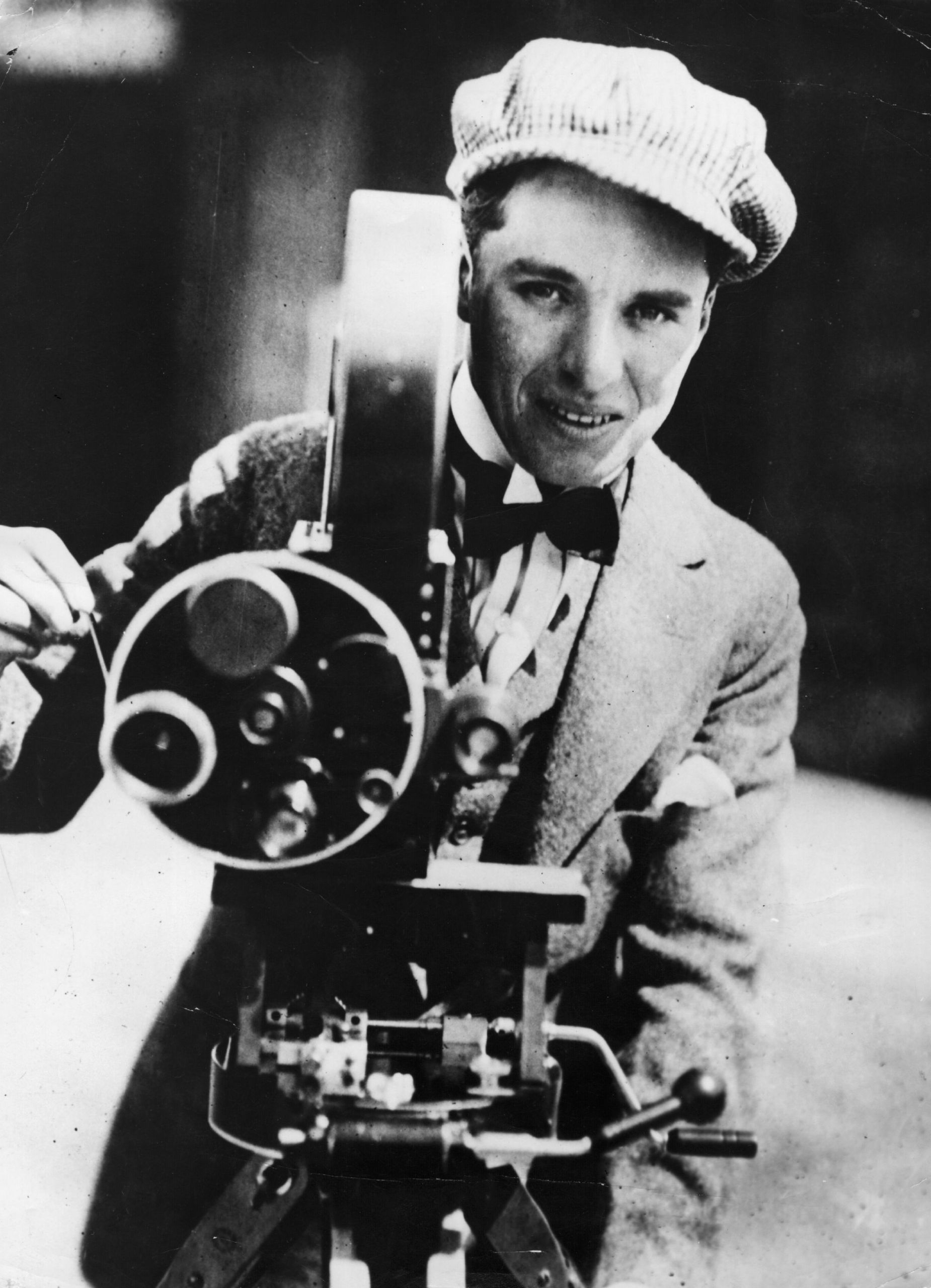Uncovering The Charlie Chaplin Death Reason: A Look At His Final Days
Many people wonder about the final moments of truly iconic figures, and for Charlie Chaplin, that curiosity is quite strong. He was, after all, a giant in the early days of motion pictures, a person who brought laughter and tears to millions around the world. Knowing the details surrounding his passing helps us understand the full story of a life lived so grandly. This article explores the circumstances of his death, offering a respectful look at the end of a remarkable journey.
His work as "The Tramp" remains a symbol of resilience and human spirit, something that still connects with audiences today. So, it's almost natural to ask about the very end of such a beloved artist. We often want to know how these great lives conclude, perhaps seeking a sense of closure or just a deeper appreciation for their time with us.
This piece aims to give clear information about the cause of Charlie Chaplin's death, along with some context about his later years. We will look at his health, his family life in Switzerland, and the quiet moments leading up to his farewell. It is that kind of information many people search for when thinking about his long and influential career.
Table of Contents
- Biography and Personal Details
- Chaplin's Later Life in Switzerland
- The Final Years and Health Challenges
- The Moment of Passing
- The Official Charlie Chaplin Death Reason
- Legacy and Remembrance
- Frequently Asked Questions
Biography and Personal Details
Charlie Chaplin, whose full name was Sir Charles Spencer Chaplin, was a very famous English comic actor, filmmaker, and composer. He rose to worldwide fame during the era of silent films. His career spanned more than 75 years, from childhood in the Victorian era until a year before his passing. He became a global cultural icon.
Here is a quick look at some key details about his life:
| Detail | Information |
|---|---|
| Full Name | Sir Charles Spencer Chaplin |
| Born | April 16, 1889 |
| Birthplace | Walworth, London, England |
| Died | December 25, 1977 |
| Place of Death | Vevey, Vaud, Switzerland |
| Age at Death | 88 years old |
| Spouse | Oona O'Neill (married 1943) |
| Children | 11 (8 with Oona O'Neill) |
| Occupation | Actor, Filmmaker, Composer, Comedian |
| Years Active | 1890s – 1976 |
| Known For | "The Tramp" character, silent films, The Gold Rush, City Lights, Modern Times, The Great Dictator |
Chaplin's Later Life in Switzerland
After a very long and, in some ways, quite controversial career in the United States, Charlie Chaplin decided to move his family to Switzerland. This happened in the early 1950s, specifically in 1952. He made this big decision while traveling for the premiere of his film "Limelight" in London. The political climate in the U.S. at that time had become difficult for him, and he chose to settle in a quieter place.
He found a beautiful home called Manoir de Ban, which is located in Corsier-sur-Vevey, Switzerland. This estate, with its lovely views of Lake Geneva and the Alps, became his peaceful sanctuary for the rest of his life. It was a place where he could raise his large family with Oona O'Neill, his wife, away from the constant glare of Hollywood and the public eye.
In Switzerland, Chaplin lived a rather private existence, yet he did not completely step away from his creative work. He continued to compose music, write, and oversee re-releases of his earlier films. This quiet period allowed him to enjoy family life, a thing he truly valued, and reflect on his incredible journey. He spent over two decades there, making it his true home.
The Final Years and Health Challenges
As Charlie Chaplin grew older, his health, as is quite natural, began to decline. By the 1970s, he was in his eighties, and the toll of age became more noticeable. He experienced several health issues that limited his physical activity and, in some respects, his public appearances. These challenges were a part of his life in those later years, making things a bit harder for him.
In the mid-1970s, he suffered a series of small strokes. These events affected his mobility and his ability to communicate clearly. His memory, too, was somewhat impacted by these health incidents. Despite these difficulties, he remained sharp of mind in many ways, still holding conversations and showing his characteristic wit, even if it was a little less frequent.
His family, especially his devoted wife Oona, provided constant care and support during this time. They ensured he was comfortable and had everything he needed at their Swiss home. The final years were marked by a gradual slowing down, a natural progression for someone of his advanced age. He was, in a way, preparing for the end of his long and full life.
The Moment of Passing
The day Charlie Chaplin passed away was Christmas Day, December 25, 1977. He was at his home, Manoir de Ban, in Corsier-sur-Vevey, Switzerland. It was a very quiet and peaceful passing, happening in his sleep during the early morning hours. This means he was surrounded by the comfort of his own home and the presence of his loved ones, which is something many people wish for at the end of their lives.
His family was there, of course, and they discovered he had gone in the morning. The news, when it reached the world, brought a wave of sadness to millions who had admired him for so long. It was a moment that marked the end of an era for cinema and for those who cherished his unique contributions to art and entertainment. His passing was a quiet end to a very loud and impactful life.
The fact that he died on Christmas Day added a certain poignancy to the event. It was a day typically filled with joy and celebration, but for many, it became a day of reflection on the life of a true master. His death, while sad, was also a gentle departure, allowing him to rest after so many years of bringing smiles to faces everywhere.
The Official Charlie Chaplin Death Reason
The official cause of Charlie Chaplin's death was a stroke. This was confirmed by his family and medical professionals at the time. He had been suffering from a series of strokes in the years leading up to his passing, which gradually weakened his health. So, it was not a sudden, unexpected event, but rather the culmination of a period of declining health due to age and illness.
The specific medical term often cited is a cerebrovascular accident, which is the medical way of saying a stroke. This condition happens when blood flow to a part of the brain is stopped, causing brain cells to die. For someone of his age, and with his history of previous strokes, this was a very common and, in some respects, a natural cause of death. His body, quite simply, had reached its limit.
There was no mystery or unusual circumstance surrounding his death. It was a natural passing for a man who had lived a very long and incredibly active life. The stroke was the final reason, a quiet end to a life that had brought so much joy and thought to people around the globe. You can find more details about his life and passing on a historical record website, which offers many facts about his journey.
Legacy and Remembrance
Charlie Chaplin's death, though sad, did not diminish his immense legacy. In fact, his work continues to be celebrated and studied by new generations of filmmakers, actors, and audiences. His films, with their timeless humor and deep emotional resonance, remain as relevant today as they were when first released. He truly shaped the very language of cinema, something that is still felt today.
His character, "The Tramp," is perhaps his most enduring creation, a symbol of the common person facing life's struggles with resilience and a touch of mischief. This character, with his distinctive walk and gentle heart, speaks to universal human experiences, which is why he remains so beloved. Chaplin's ability to tell powerful stories without words was a remarkable talent, too.
Today, his former home in Switzerland, Manoir de Ban, has been transformed into a museum called Chaplin's World. This museum allows visitors to step into his life, see his personal belongings, and experience the magic of his films. It is a wonderful way to remember his genius and to keep his spirit alive for everyone. His impact on film and culture, in a way, will never truly fade.
Learn more about Charlie's financial offerings on our site, and link to this page for more on comprehensive senior benefits.
Frequently Asked Questions
How old was Charlie Chaplin when he passed away?
Charlie Chaplin was 88 years old when he passed away on December 25, 1977. He had lived a very long and incredibly full life, spanning nearly nine decades. His career began when he was just a child, and he remained active in various ways almost until the very end.
Where did Charlie Chaplin spend his final years?
Charlie Chaplin spent his final 25 years living in Switzerland, at his estate called Manoir de Ban in Corsier-sur-Vevey. He moved there in 1952 with his wife, Oona O'Neill, and their children. It was a place of peace and privacy for him after a very public life.
Was Charlie Chaplin ill before his death?
Yes, Charlie Chaplin had been experiencing declining health in the years leading up to his death. He suffered from several strokes, which affected his mobility and overall well-being. These health issues were a natural part of aging for him.

Charlie Chaplin Death Charlie Chaplin Wikipedia

Charlie Chaplin Birthday

Charlie Chaplin Charlie